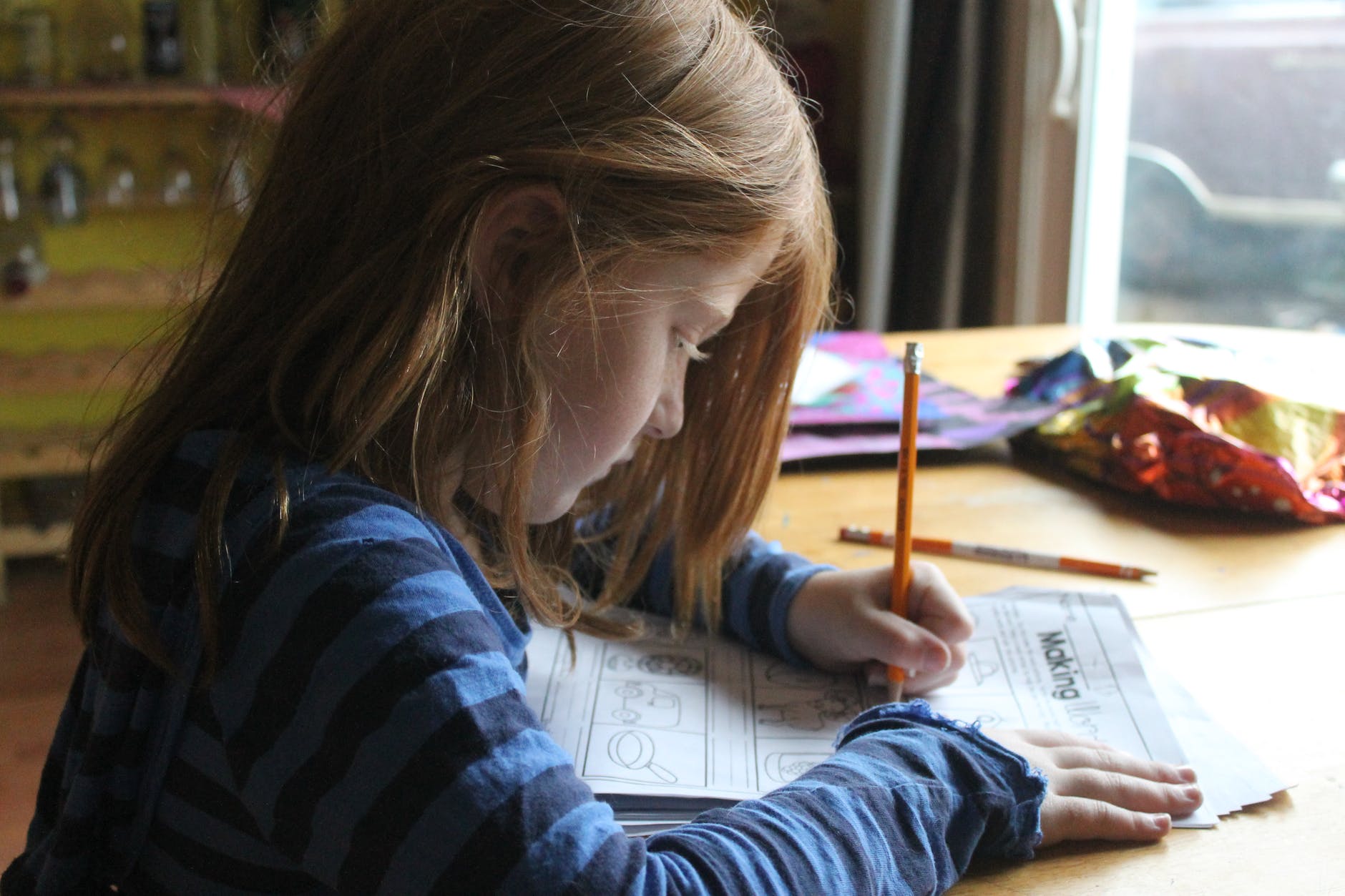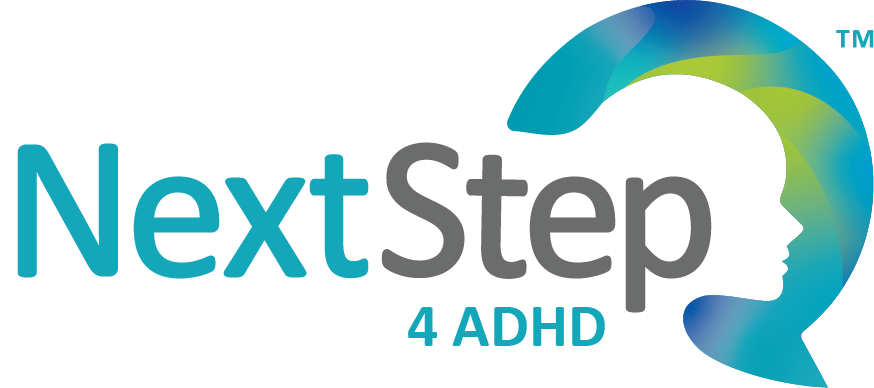
7 Tips for Creating a Homework Station for Your Child with ADHD + Printable Homeschool Schedules
By now, we’ve had a few weeks to get used to working and schooling at home. There’s no denying that this has been a big change for families — adults and children alike. Here at Next Step 4 ADHD, we want to help you continue to thrive. Children with ADHD may have unique struggles during school, but creating a homework station can help set the stage for success.
In this post, we’ll cover:
- 7 tips for creating the ultimate homework station
- Where to find your free printable homeschool schedule template packet
- How we can help you through this process
How to Create a Homework Station
Are you struggling to create a homework station that’s just right? Here are seven tips to take your homework station to the next level.
1. Involve Your Child
It’s not too late to make changes to your child’s homework station. Involve your child in the process. Ask your child where he feels like he works best. Not only can he or she help choose the location, but your child can also help decorate the area too.
Some location ideas include the dining room table, kitchen table, a desk in the den, or a lap desk set up in the living room.
2. Stock the Homework Station
A good homework station has everything your child needs to work. This includes extra pencils, erasers, and school books. Stocking the homework station prevents unnecessary interruptions. Getting up to constantly get another pencil or eraser from another room can add a lot of time to the school day and interrupt the flow of work.
3. Create Clear Break Times
Use a timer to indicate when breaks start and stop. This helps your child identify “work time” versus “break time.” In addition to using a timer to indicate the start of a break, make sure your child knows what you expect of him or her. For example, work with your child to set clear completion goals.
You might say:
- “After you complete these 20 reading comprehension questions, you may take a 10 minute break.”
- “After you read one chapter in this book, you may take a 10 minute break.”
No matter how you structure the break, make sure the goals are clear to your child.
4. Minimize Distractions
When you create a work station for your child, it’s important to remove items that are distracting to your child. This includes:
- Toys
- TV
- Access to social media (through a tablet, etc.)
- Alexa or other smart devices
5. Find Strategies that Increase Focus
Many children with ADHD may struggle to focus on their schoolwork, but there are many different strategies that can help boost focus. This includes:
- White noise machines (to drown out noises around the house)
- Music (with or without words)
- Fidget toys or fidget strings
Not all children respond the same way. Some children may love the music while others may not. Try a few strategies and discover what works for your child.
6. Experiment with Movement
Does your child like to stand or even walk around while studying? Some children thrive with a little movement! While being quizzed (or studying for a quiz) or working on memorization, some children like to pace, walk around, or simply stand up.
Try a little movement and see how your child responds.
7. Focus on the Positives
When you create a work station for your child, remember to focus on the positives! If something isn’t working — perhaps the first location was too busy — make a few adjustments and try again.
Some positive behavior to look for include:
• Following directions
• Staying on task
• Completing homework assignments
• Working quietly
Download Our Free Homeschool Schedule Template Packet
As you embark on your online journey with your kids, don’t forget to download our Home School Schedule Template Packet.
What’s in the bundle?
Included in the Home School Schedule Template bundle are printable checklists and schedules.
- Daily Routines and Schedules: The template pack incudes a daily routine chart that can be divided into sections based on activity or topic. Additional daily schedules for the morning, afternoon, and evening allows you to define expectations with your child so you are both on the same page throughout the day.
- Checklist and To-Dos: Not sure what a home school center should look like? Don’t worry, the packet includes a checklist of needed items and helpful tips for setup.
- Task List: Children with ADHD can easily become overwhelmed with complex projects or prioritizing a long list of to-dos. Use this form to help eliminate anxiety so that your child feels confident on how to start a project or prioritize their day.
Questions? We’re Just a Call or Click Away
At NextStep 4 ADHD, we’re happy to provide comprehensive care for ADHD — for you and your children. If your child has ADHD, we are happy to help you get the resources and education you need to make the your child’s school environment a successful one. Whether you’re interested in online 1:1 coaching, therapy for your child, or other services, we are here to guide you with your next steps. Give us a call or schedule your virtual appointment today.
Don’t forget to subscribe to our free newsletter so you can stay up-to-date with the latest news, events, and ADHD resources!
Related Posts
10 Study Tips for Children and Teens with ADHD
Whether your children are returning to in-person learning, e-learning,...
How to Tame Your Inner Critic
Living with ADHD often means battling an inner critic—a persistent voice that...



